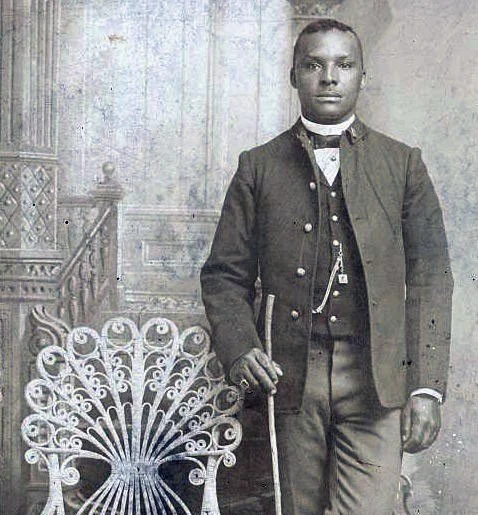
Refugees in London
When I think of early immigration to the United States from the part of Europe that is now Germany, I tend to think of German settlers in Pennsylvania, many of whom were religious dissenters like the Mennonite ancestors I have written about in a previous post. As a result, I was quite surprised to learn that my seven-times great-grandfather, Johann Henrich Krantz, arrived in New York in 1710 and settled along the Hudson River in Ulster County. As I learned more about why he arrived when and where he did, I came to see many parallels between his experience and that of refugees and asylum seekers today.

At Home in the Arctic
Some time ago, I wrote about my great-grandfather’s cousin Ethel Barnhart and her husband William Van Valin, who in 1911 became teachers in a school for Alaskan Natives run by the U.S. government. After four years, Will and Ethel returned to the continental United States, bringing with them a large collection of Native Alaskan artifacts, many of which they sold to the Penn Museum, a Philadelphia anthropological museum affiliated with the University of Pennsylvania. A few years later, when the Penn Museum was offered funding for a research expedition to northern Alaska, museum staff turned to Will to lead the effort.

It Was a Most Thrilling Sight!
As I have written in a previous post, my great-grandmother Dorothy (Dollie) Loud grew up on cavalry posts across the western United States and, for high school, attended boarding school in Omaha, Nebraska. While Dollie was in Omaha during the mid-1890s, a particular highlight came when she and some of her school friends attended Buffalo Bill’s Wild West, most likely in 1896, when the show toured the Western states.

The Buffalo Soldiers at Fort Washakie
I can’t remember when I first learned about the Buffalo Soldiers. As I discussed in my last post, my great-great-grandfather John S. Loud had a thirty-year career as an officer with the 9th Cavalry. I did an 8th grade history fair project on his wife, Kate Mifflin Loud, some of whose experiences I described in an earlier post. My parents even had a painting from artist Burl Washington’s Buffalo Soldier series hanging in their living room. Stories of the Buffalo Soldiers were always a part of my world. And those stories are something everyone should hear.
